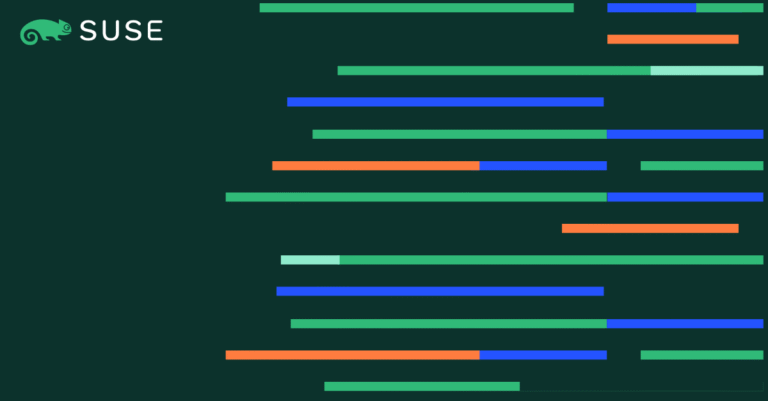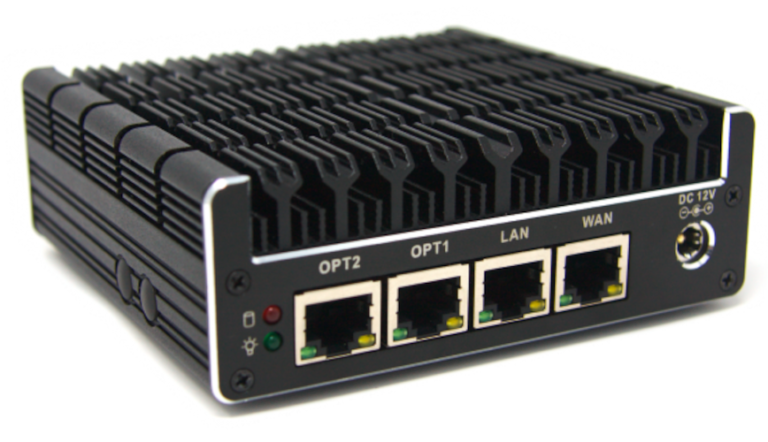Introduction to translations:
All it takes for Linux Mint 8 to support your language is for you to translate it.
In Linux Mint, non-translated sentences or words simply show up in English. So if nobody contributes the translations we need to support your language, your experience with the desktop won’t be as good as it could be, since some tools will show up in your language, some others in English, and some even feature a mix of the two languages.
Translating Linux Mint is easy and it doesn’t take much time. You read a sentence in English and write the translated sentence in your own language. Every now and then we collect all the translations and package them into a package called “mint-translations”. Users are notified of an update via their Update Manager and the new translations get integrated within their desktop.
How to translate:
For translations, we use a popular website called Launchpad. First, you need a Launchpad account. You can register at this address:
https://launchpad.net
Once you’re logged in your Launchpad account, click on your name in the top right corner of the screen to access your personal page. Then click on the edit sign beside “Languages” and select all the languages you’re fluent in.
You’re now ready to translate, head towards the translations for Linux Mint 8 at this address:
https://translations.launchpad.net/linuxmint/helena
Here you can see the progression of the translations for each language. When the number of “untranslated” and “Needs review” items both reach 0, then Linux Mint is fully translated in your language.
In Launchpad, you can submit translations for untranslated items but you can also contribute corrections (i.e. alternative translations) when you see translations you don’t find accurate. You can also flag translations for “review” in which case somebody will have to look into it and chose among the available translations for a particular item.
Guidelines:
When you translate, think about the user and the application you’re translating for. Try to be coherent with the rest of the desktop, for instance Gnome calls “it” a “Trash”, not a “Bin”, so use “Trash” instead of “Bin” 
You can also open the application you’re translating for and see if you can identify where in the application is the sentence you’re currently translating.
Your translation should reflect the message given to the user more than the accuracy of the terms that are used. Literal translations should be avoided. If a sentence makes sense in English but not in your own language don’t hesitate to rephrase it. What matters is the message and the general meaning, what is said to the user, and the action he’ll consequently take, the accuracy of the translation word for word doesn’t matter at all.
Don’t force your language on users when it doesn’t sound natural. All languages use foreign words and when it comes to the Internet, computers and IT, a lot of these words come from English. Some languages “invented” their own versions of these words in an effort to protect themselves against English. If, for a given word, people still use the English term, then please do so. An example of this in French would be “televersement” instead of “upload” or “mel” instead of “email”. Please avoid these terms. The same way the accuracy of the translation is less relevant than the reflection of the original meaning, following the dictionnary is less important than speaking the “natural” language most people would expect.
Teams:
In Launchpad, Linux Mint uses a “structured” translation policy. This means that anyone can suggest translations, and if a particular language isn’t assigned a particular translation team, anyone can also confirm and apply translations for that language.
Teams are formed to review and organize translations for a particular language. So if you’re member of a translation team you can review other people’s translations and decide which translation is better suited for a particular sentence.
If you feel you don’t need a translation team (for instance, Italian was fully translated without any translation team) then that’s fine. If you think you do, then don’t hesitate to contact me via Launchpad https://launchpad.net/~clementlefebvre) and I’ll create a team for your language and add you to it.
The list of teams can be seen here:
https://translations.launchpad.net/+groups/linux-mint
If there’s already a team for your language and you feel you should be part of it, simply click on it and then apply to be a member of it.
Goals:
The most important goal is to get Linux Mint fully translated in most languages before we can release the stable version of Helena. Missing translations is considered an issue which can delay the stable release of Linux Mint 8. Please take your time though, quality is more important that delays.
Once this is done, we’ll then collect translations on a monthly basis and update the mint-translations package so users can get newly translated items via their Update Manager.
Working together:
Translations are a community effort. All the development team does is to provide the environment for it to happen. The tools we develop were adapted to show in any language and support the format used by Launchpad. As for us, we make sure things work but all we ever do when it comes to development is to get the English version of the software ready. After that, for it to show up in your language, the magic is performed by you 
Many thanks to all the people who already helped in translating Linux Mint and thanks in advance to all of you.
Thank you, merci, gracias, khop kun khrap 






